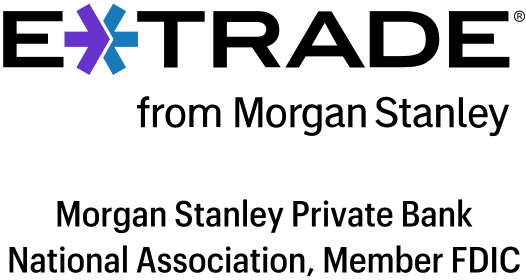Get Your Bank Accounts in Order With These 2022 Resolutions

Many, or all, of the products featured on this page are from our advertising partners who compensate us when you take certain actions on our website or click to take an action on their website. However, this does not influence our evaluations. Our opinions are our own. Here is a list of our partners and here's how we make money.
The new year is typically a time to self-reflect and set some new goals, whether you want to do 100 pushups a day or try meatless Mondays.
If you want to work on your financial fitness, your bank accounts are a great place to start. Checking and savings accounts are the backbone of money management, and they often require some fine-tuning — or sometimes an overhaul — to work for you in the best possible way.
Check out these resolutions for getting your bank accounts in order in 2022.
Investigate accounts with a higher interest rate
Though bank account interest rates have been relatively low since the start of the pandemic in 2020, there is still a big difference between rates at traditional brick-and-mortar banks and the high-yield rates at other financial institutions.
The average national savings rate is 0.39%, but high-interest accounts offer significantly higher rates for checking and savings, which can translate into quite a better return on your cash in the long run. High-yield checking and savings accounts tend to be primarily online, which means you’ll need to be comfortable using technology for your banking services.
The average national savings rate is 0.05%, but high-interest accounts offer significantly higher rates for checking and savings, which can translate into quite a better return on your cash in the long run. High-yield checking and savings accounts tend to be primarily online, which means you’ll need to be comfortable using technology for your banking services.
» More from NerdWallet: Why savings accounts and CDs are still worth it
Forbright Bank Growth Savings

4.00%
$0

Member FDIC
Varo Savings Account

5.00%
$0
E*TRADE Premium Savings

3.50%
$0
Build your online banking muscles
The ongoing pandemic has made online banking more appealing, as many consumers are still trying to avoid spending time in shared indoor spaces like bank branches. Many banking services are now available through banks’ mobile apps and desktop websites, including bill pay, money transfers, budgeting tools, check deposits and customer service. You’ll still have to go to an ATM or bank teller to withdraw or deposit cash, but for everything else, check to see if you can handle it from your smartphone, tablet or computer.
Close old accounts that no longer serve you
Maybe you still have an account hanging around from the bank at your college’s student union, or you moved and no longer have access to your old regional bank. Consider 2022 the year of consolidating and simplifying your financial life, and close old accounts that you aren’t using.
Riley Adams, a certified public accountant, senior financial analyst at Google and the founder of a financial blog called Young and the Invested, decided in 2020 to start a regularly scheduled “financial cleanup” process with his wife, in which they would evaluate all of their open accounts and decide which ones to keep and which ones to close.
“We decided to establish a monthly financial check-in process where we pull balance info for all of our accounts and then cancel credit cards, consolidate accounts, roll over retirement funds or otherwise close accounts in the hopes of simplifying our financial life,” Adams said. “By doing this on a monthly cadence, we allow ourselves to space out this simplification and not make it overwhelming all at once.”
Closing out an old account is usually as simple as transferring your funds to your new bank then contacting your old bank’s customer service department to ask for the account to be closed. You’ll have fewer bank statements to worry about, and you won’t have to keep tabs on your different balances. Key: Be sure to switch over any bills or recurring and automatic payments that are linked to your old account.
» More from NerdWallet: How to close a bank account
Set up sub-accounts for different savings goals
If you’re lumping all of your savings into one account, you’re missing out on a useful opportunity. Many banks allow you to open sub-accounts that you can then customize with the names of your goals, such as “trip to Hawaii,” “emergency fund” or “new car tires.” These sub-accounts will not only help you stay on top of how much money you’ve diverted to your separate goals, but you might also feel inspired to save more since you’ll have a clearer vision of why you want to save that money.
Look into investing your excess funds
If you have more than three to six months’ worth of living expenses in your savings account, congratulations! You have a strong financial cushion to protect you in case of job loss or a medical emergency. If you’re able to save beyond that point, consider investing the excess so that you can potentially get a higher rate of return on your money. Keep in mind, however, that investing carries risk, and you usually want to hold your investments for a long time so you can ride out market fluctuations.
New to investing? Financial advisors often suggest building retirement savings first, through a 401(k) or an individual retirement account.
Improving your finances doesn’t need to be an all-or-nothing task; there are plenty of ways to make small strides as well as huge leaps. As 2022 progresses, continue to reevaluate what works best for you and your banking needs.








